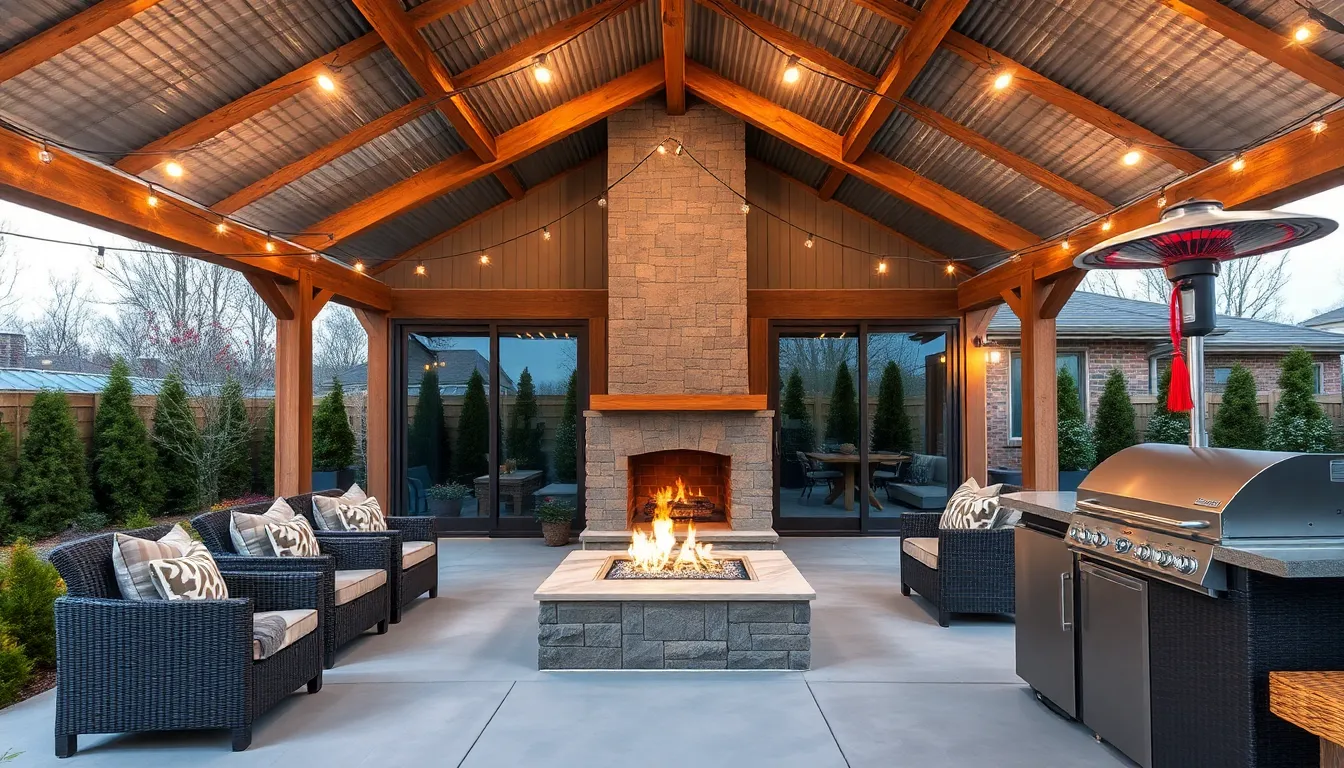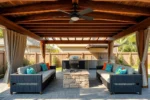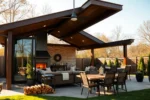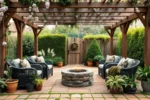Transforming your outdoor space into a comfortable retreat doesn’t have to be complicated, whether you’re just starting out or have years of experience with backyard design. Creating functional structures that stand up to every season can extend your enjoyment and add real value to your home.
In this article, you’ll discover ten thoughtfully designed outdoor structures that blend style, durability, and practicality for year-round use. From cozy shelters to versatile installations, each option offers actionable ideas to help you make the most of your outdoor living areas—no matter the weather.
Understanding Year-Round Shelter Needs
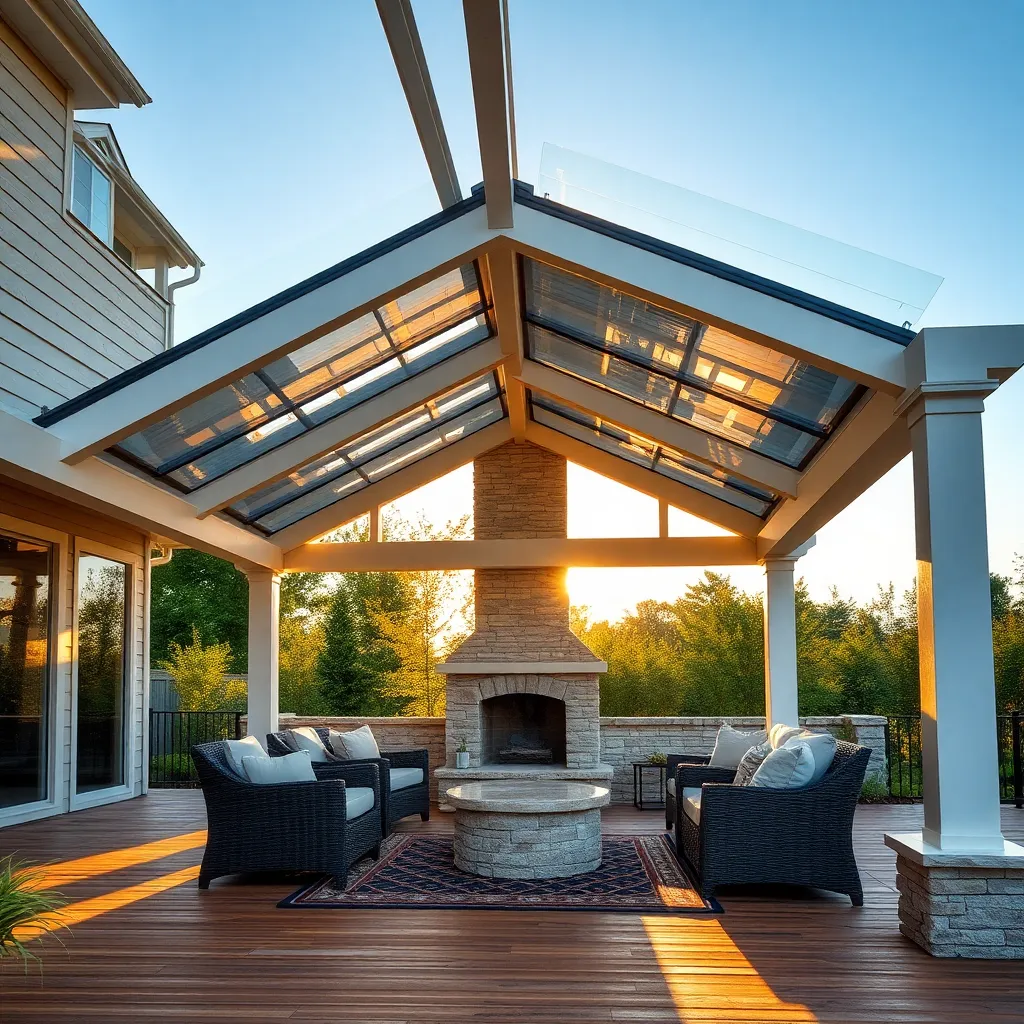
When planning a year-round outdoor shelter, focus on durable, weather-resistant materials like treated wood, galvanized steel, or aluminum frames combined with polycarbonate or tempered glass roofing. Ensure the structure includes proper drainage and ventilation to prevent moisture buildup and provide comfort during warmer months. For beginners, aim for a minimum size of 10×10 feet to balance usability and maintenance, while more advanced gardeners might consider adding insulated panels or retractable sidewalls for enhanced climate control.
To maximize functionality, integrate design features such as wide overhangs and adjustable louvers that shield against rain and sun while allowing airflow. Installing raised flooring with weatherproof decking materials can keep the shelter dry and clean year-round. Don’t overlook practical touches like built-in storage benches or hooks for tools, making the space both inviting and efficient for outdoor activities no matter the season.
Designing All-Season Pergolas
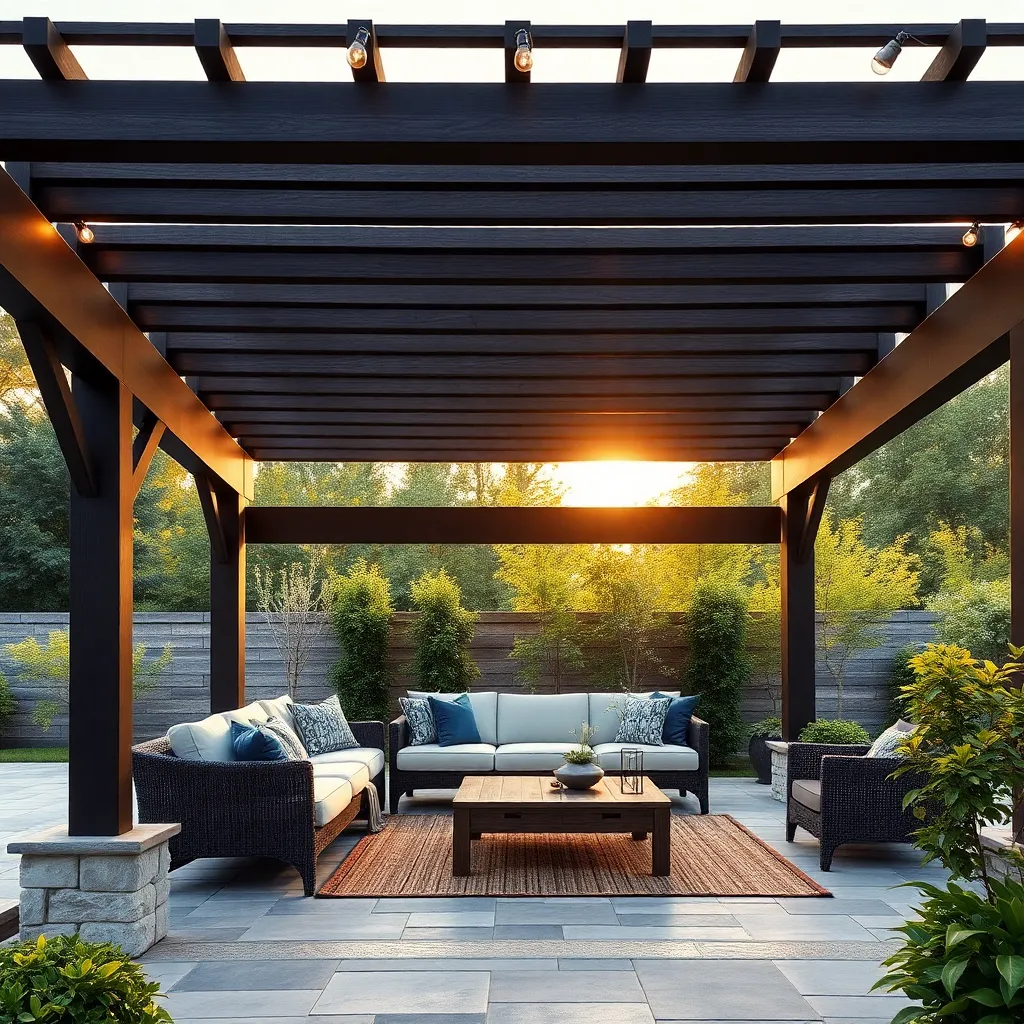
When designing an all-season pergola, start by selecting durable, weather-resistant materials like cedar or aluminum for the frame to withstand rain, snow, and sun. Incorporate a retractable or adjustable roof system, such as waterproof fabric awnings or polycarbonate panels, to provide shade in summer and protection from precipitation in cooler months. Ensure the structure is anchored securely with concrete footings and consider adding removable or sliding side panels to block wind and retain warmth.
To maximize year-round comfort, integrate practical features like built-in gutters to manage water runoff and proper ventilation to prevent humidity buildup during warmer seasons. For advanced functionality, install outdoor-rated heaters or ceiling fans, and use LED lighting with dimmer switches to create a cozy atmosphere regardless of the season. Keep the pergola size between 10×10 to 12×16 feet for ease of heating and furniture arrangement, ensuring it complements your outdoor living space effectively.
Benefits of Enclosed Gazebos
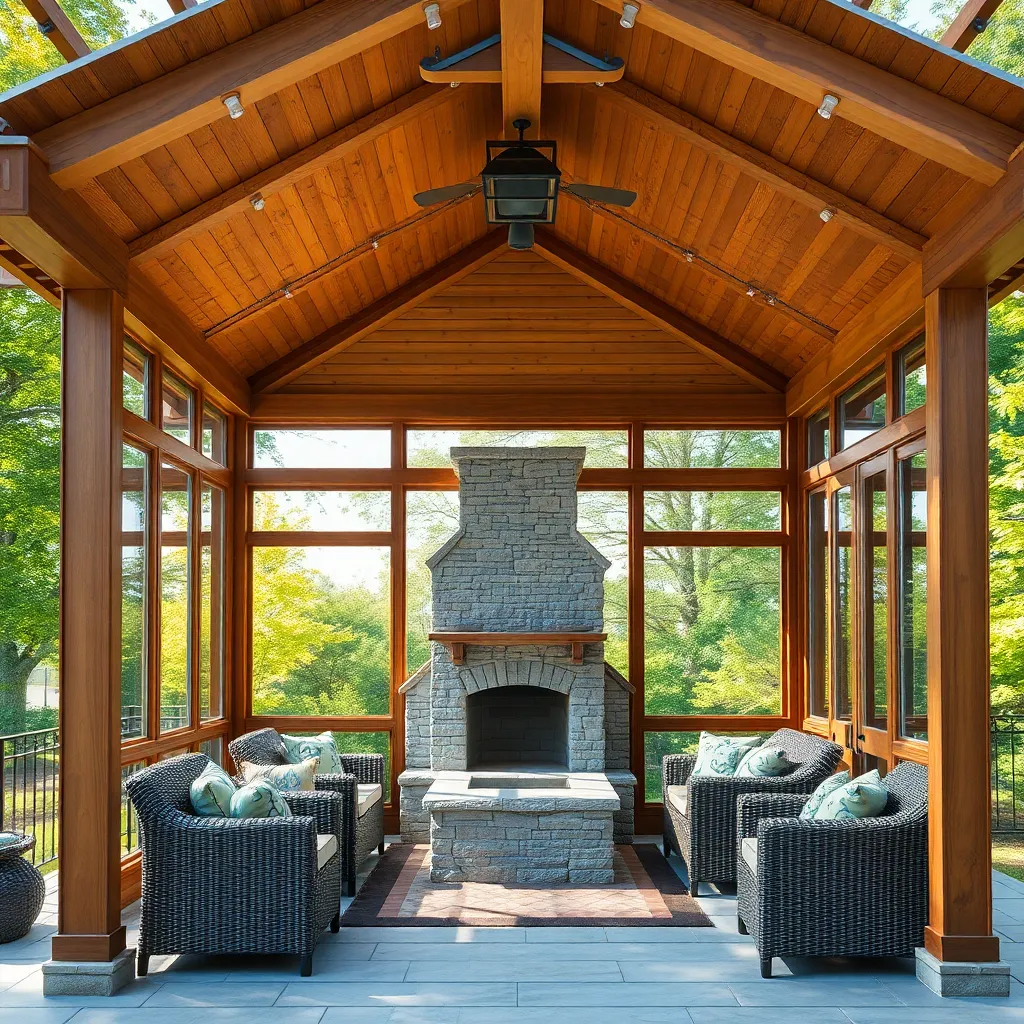
Enclosed gazebos provide year-round protection from weather elements, making them ideal for extending outdoor living seasons. Using materials like tempered glass or polycarbonate panels combined with sturdy aluminum or treated wood frames ensures durability and easy maintenance. For beginners, installing removable screens or sliding doors is a smart way to control airflow and keep insects out, while advanced gardeners can consider adding insulated panels for enhanced temperature control.
Maximizing comfort and functionality in an enclosed gazebo starts with thoughtful design elements such as built-in seating, overhead lighting, and weatherproof flooring like composite decking or sealed concrete. To create a cozy atmosphere, incorporate adjustable vents or skylights to regulate ventilation and natural light. Remember to plan dimensions carefully—typically, 10×12 feet offers ample space for furniture without overwhelming your yard, but customize based on your intended use and available area.
Building Insulated Garden Sheds
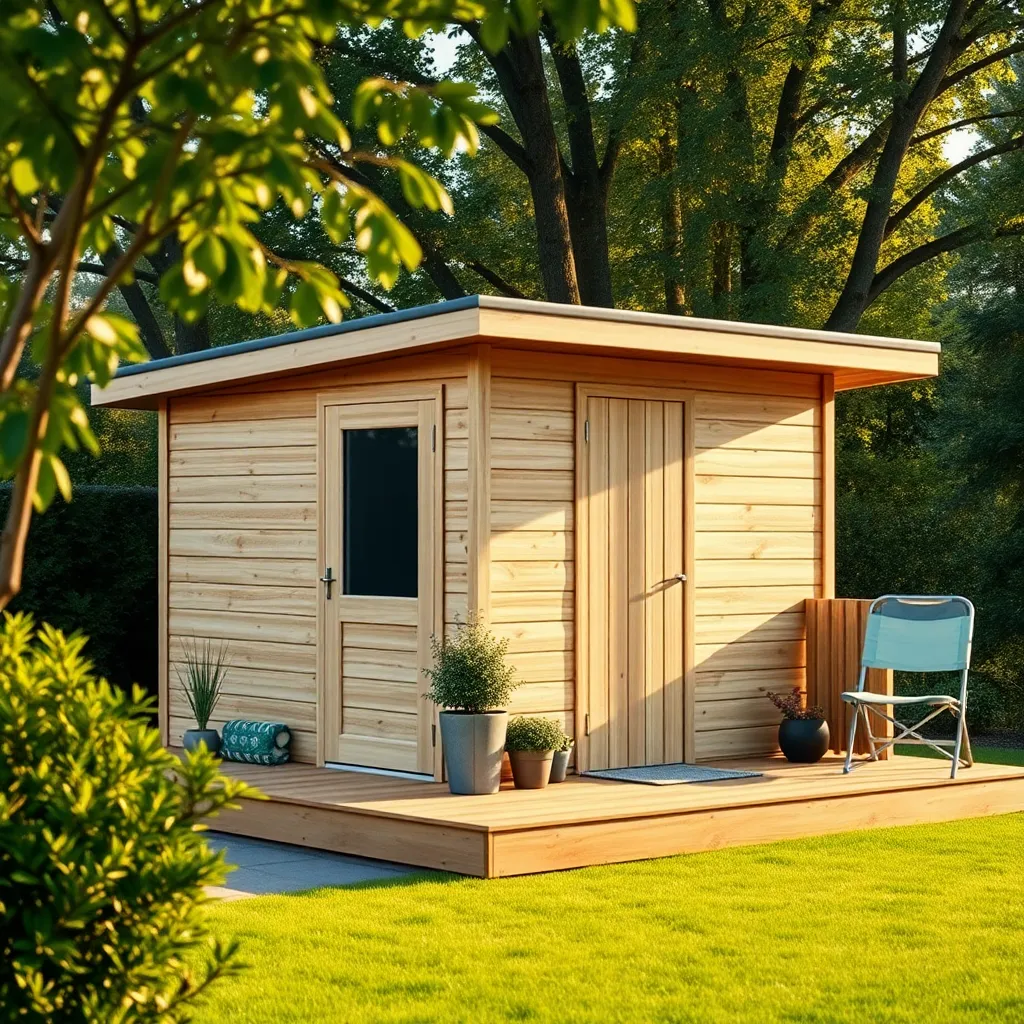
Creating an insulated garden shed starts with selecting the right materials; use rigid foam board insulation or spray foam between wall studs for effective thermal protection. Opt for durable exterior siding like treated wood or vinyl, and install weather-resistant vapor barriers to prevent moisture buildup. For beginners, ensure the shed has proper ventilation with adjustable vents or windows to maintain airflow without losing heat.
Advanced builders can enhance insulation by adding double-glazed windows and insulated doors to reduce heat loss further. Incorporate a raised foundation or concrete slab to minimize cold and moisture from the ground. Don’t forget to seal all gaps with weatherstripping or caulk and consider installing a small, energy-efficient heater or radiant floor heating for year-round comfort and usability.
Utilizing Screened-in Porches
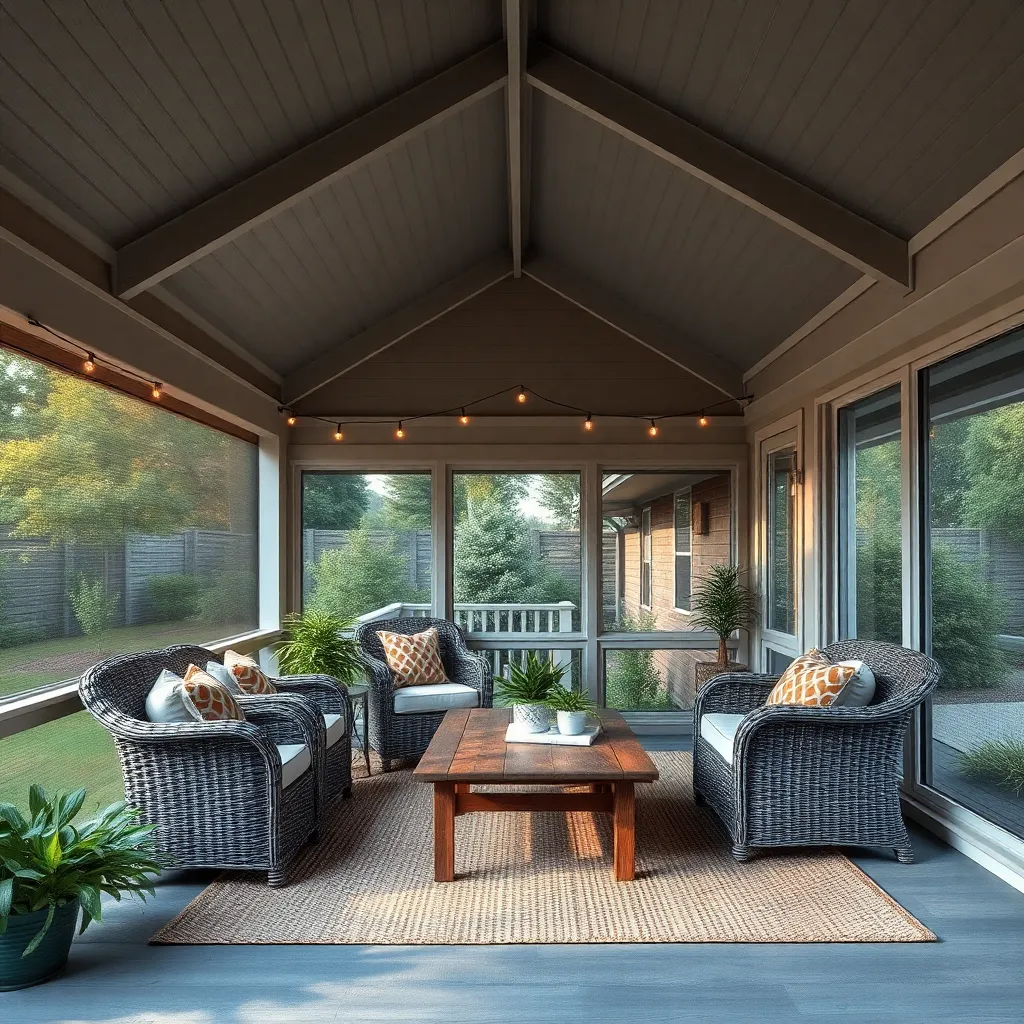
Screened-in porches provide an excellent way to enjoy fresh air without the annoyance of insects or debris. When designing your porch, opt for durable materials like aluminum or stainless steel mesh screens that resist rust and withstand weather exposure. Aim for a ceiling height of at least 8 feet to promote airflow and consider including weather-resistant flooring such as composite decking or sealed concrete to ensure longevity and easy maintenance.
To maximize year-round use, incorporate insulated windows or storm panels that can be installed during colder months, helping to retain warmth while still allowing light. Adding ceiling fans or retractable screens offers flexibility for hot summer days, and including built-in seating or modular furniture can transform the space into a cozy, functional extension of your home. Remember to seal gaps around doors and screens to maintain comfort and keep pests out effectively.
Incorporating Outdoor Fire Pits
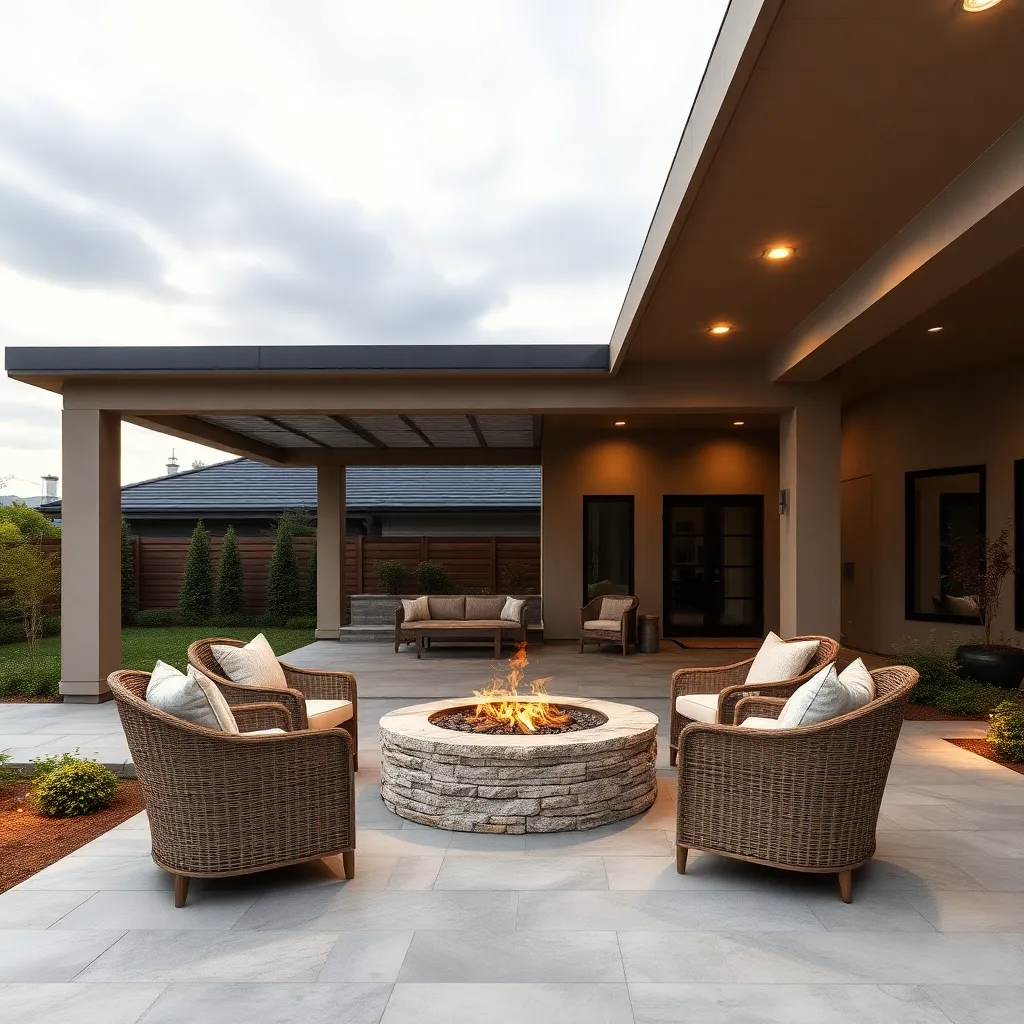
Creating an outdoor fire pit within your shelter adds warmth and ambiance, extending usability into cooler months. For durability and safety, construct the pit with non-combustible materials like natural stone, brick, or steel, and ensure a diameter of at least 36 inches to comfortably accommodate seating. Position the fire pit on a level, fire-resistant surface such as concrete or gravel, and maintain a clear area of at least 10 feet free from overhanging structures or flammable plants.
To enhance functionality, consider integrating built-in seating or a surrounding stone bench that complements your shelter’s design, creating a cohesive space for gatherings. Advanced tips include installing a removable metal screen or spark guard for safety and adding a gas line connection for an easy-start fire option, which is especially convenient for year-round use. Proper ventilation and adherence to local fire codes will ensure your fire pit is both enjoyable and compliant.
Constructing Durable Greenhouses
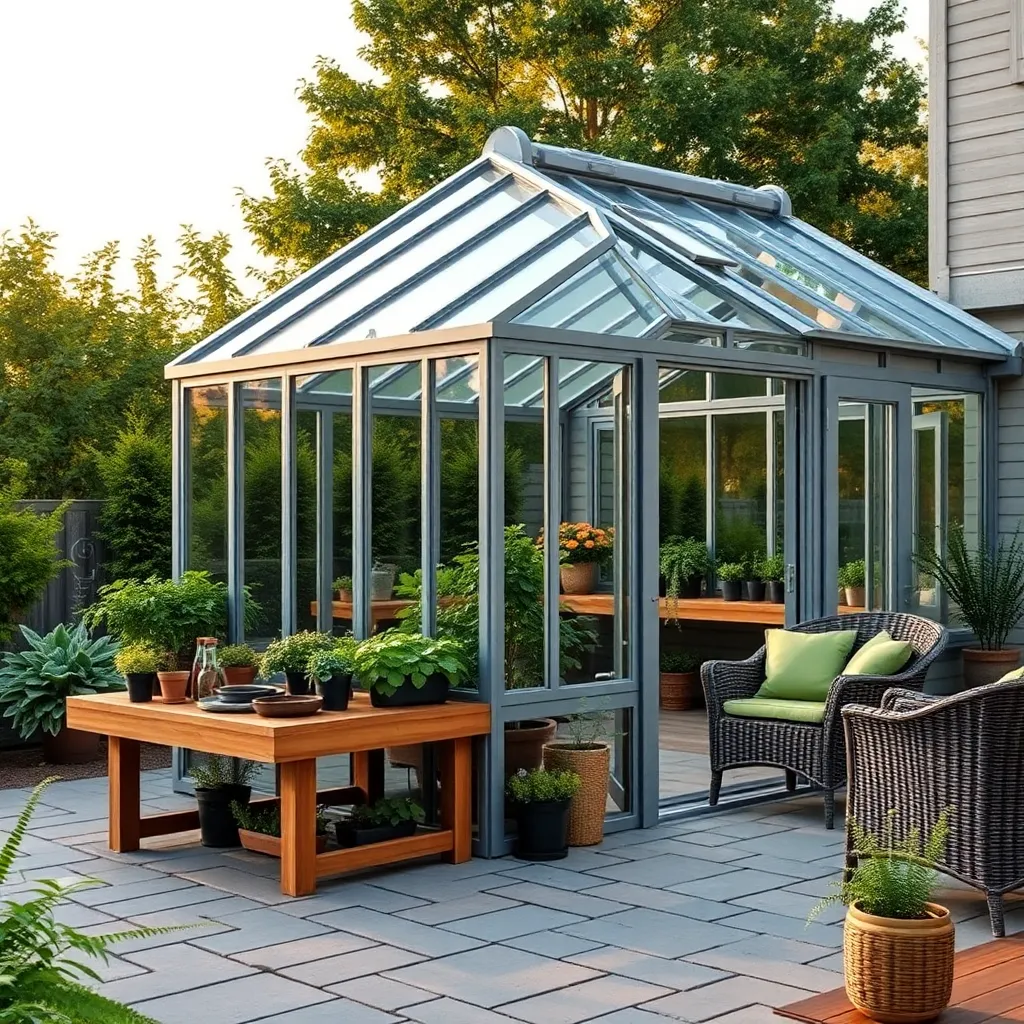
Building a durable greenhouse starts with selecting the right frame material; aluminum and galvanized steel offer excellent strength and resistance to rust, making them ideal for long-term outdoor use. For glazing, consider polycarbonate panels instead of glass—they provide better insulation, are shatter-resistant, and help maintain consistent temperatures. Ensure your structure has adequate ventilation by installing roof vents or side windows, which prevent overheating and promote healthy plant growth.
To maximize durability and functionality, anchor your greenhouse securely to a concrete foundation or sturdy base to withstand wind and weather changes. For advanced gardeners, installing automated climate controls like thermostats and humidity sensors can optimize growing conditions year-round. Remember to plan the greenhouse size with at least 6 to 8 feet of height and sufficient space for shelving or raised beds, allowing easy movement and plant access.
Choosing Weatherproof Patio Covers
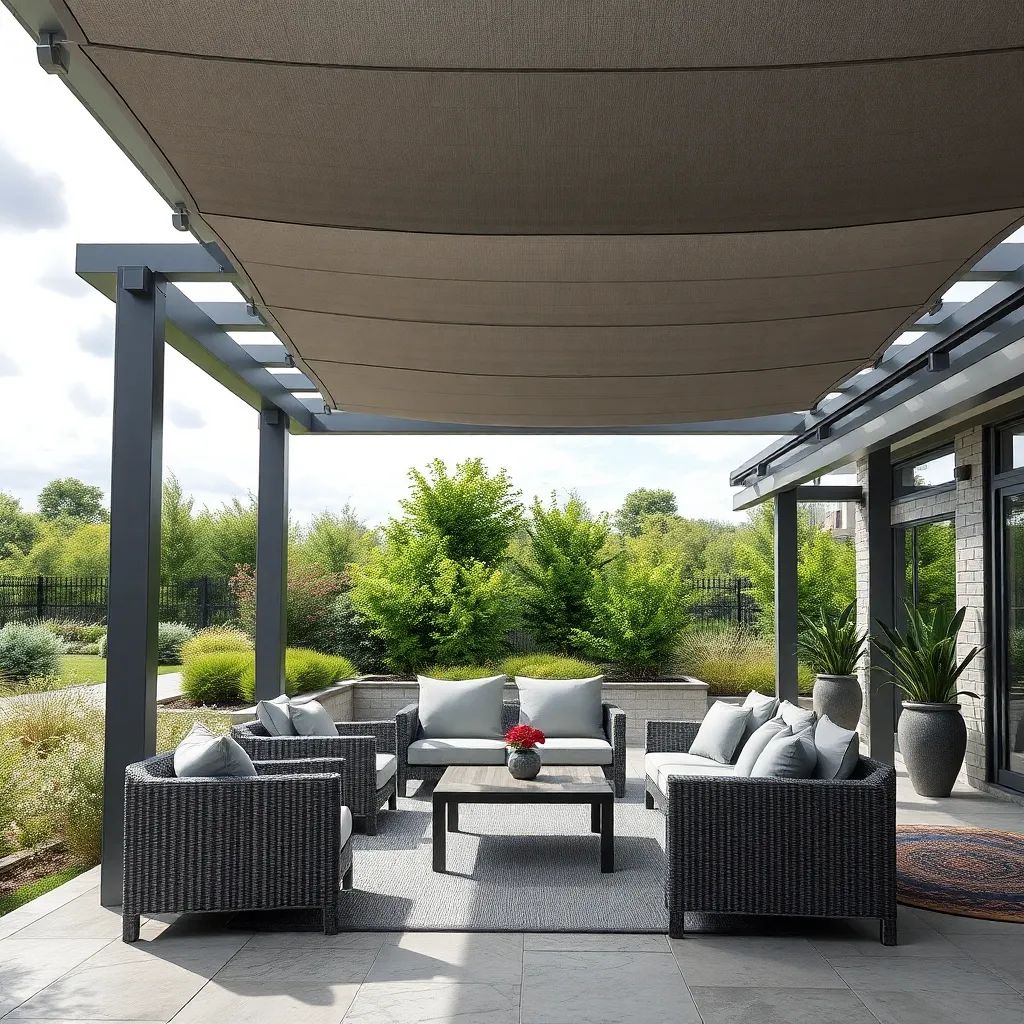
When choosing weatherproof patio covers, prioritize durable materials like aluminum, polycarbonate, or treated wood with protective finishes to withstand rain, wind, and UV exposure. Incorporate a slight pitch or slant in the roof design to ensure proper water runoff and prevent pooling, which can damage the structure over time.
For enhanced year-round use, consider adding retractable awnings or side panels that provide flexibility during changing weather conditions. Additionally, integrating gutters and downspouts into your patio cover design helps manage rainwater efficiently, protecting both your outdoor space and foundation.
Installing Retractable Awnings
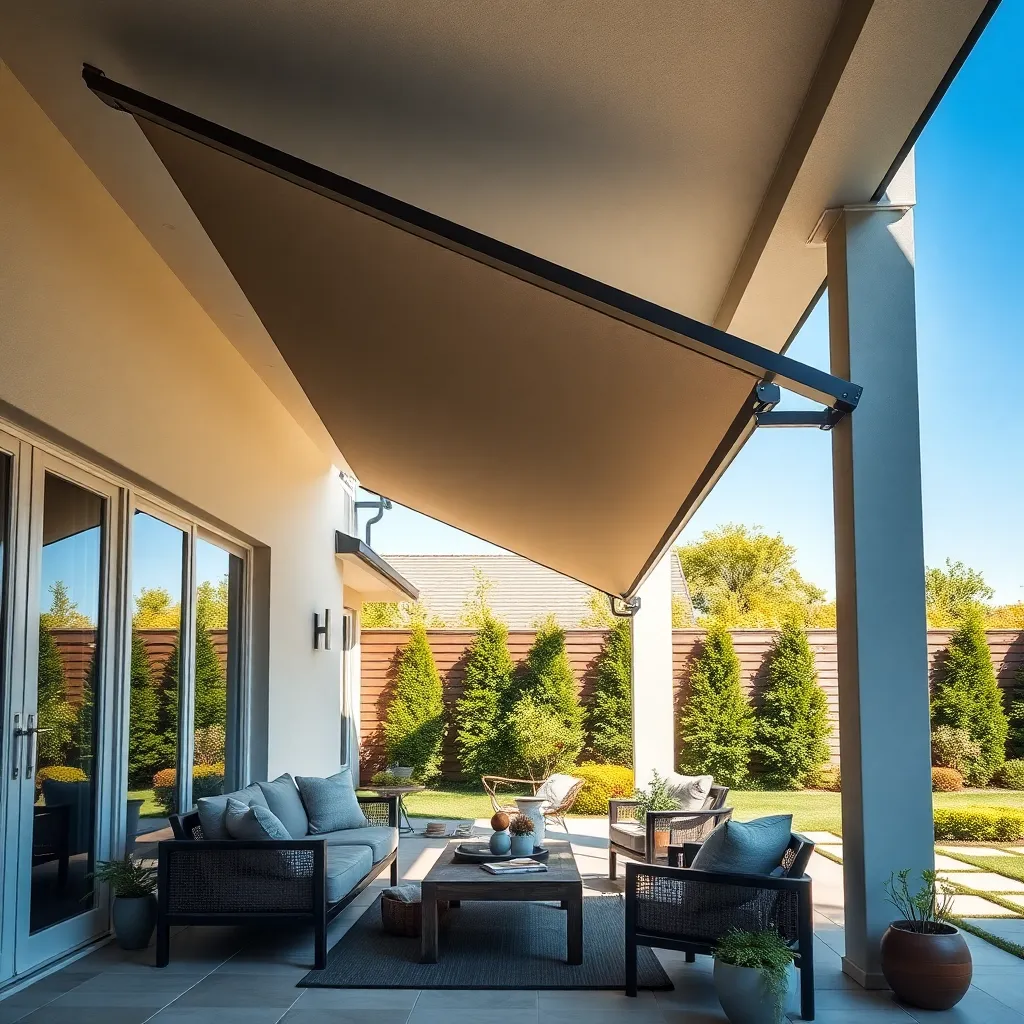
Installing retractable awnings is an excellent way to add flexible shade and weather protection to your outdoor space. Choose durable materials like aluminum frames with fade-resistant acrylic fabric for long-lasting performance, and ensure the awning width is slightly wider than your patio area—usually between 10 to 20 feet—to maximize coverage. For beginners, mounting the awning to a sturdy wall or fascia with professional-grade anchors will guarantee stability, while advanced users might consider motorized options with remote control for effortless operation.
To optimize both function and aesthetics, position the awning at a slight angle to allow rainwater to run off easily, preventing water pooling. Incorporate side arms or drop screens if you want additional wind protection or privacy. Remember, regularly checking and tightening mounting hardware, plus cleaning the fabric annually with mild soap and water, will keep your retractable awning looking fresh and working smoothly for years to come.
Maintaining Functional Outdoor Structures
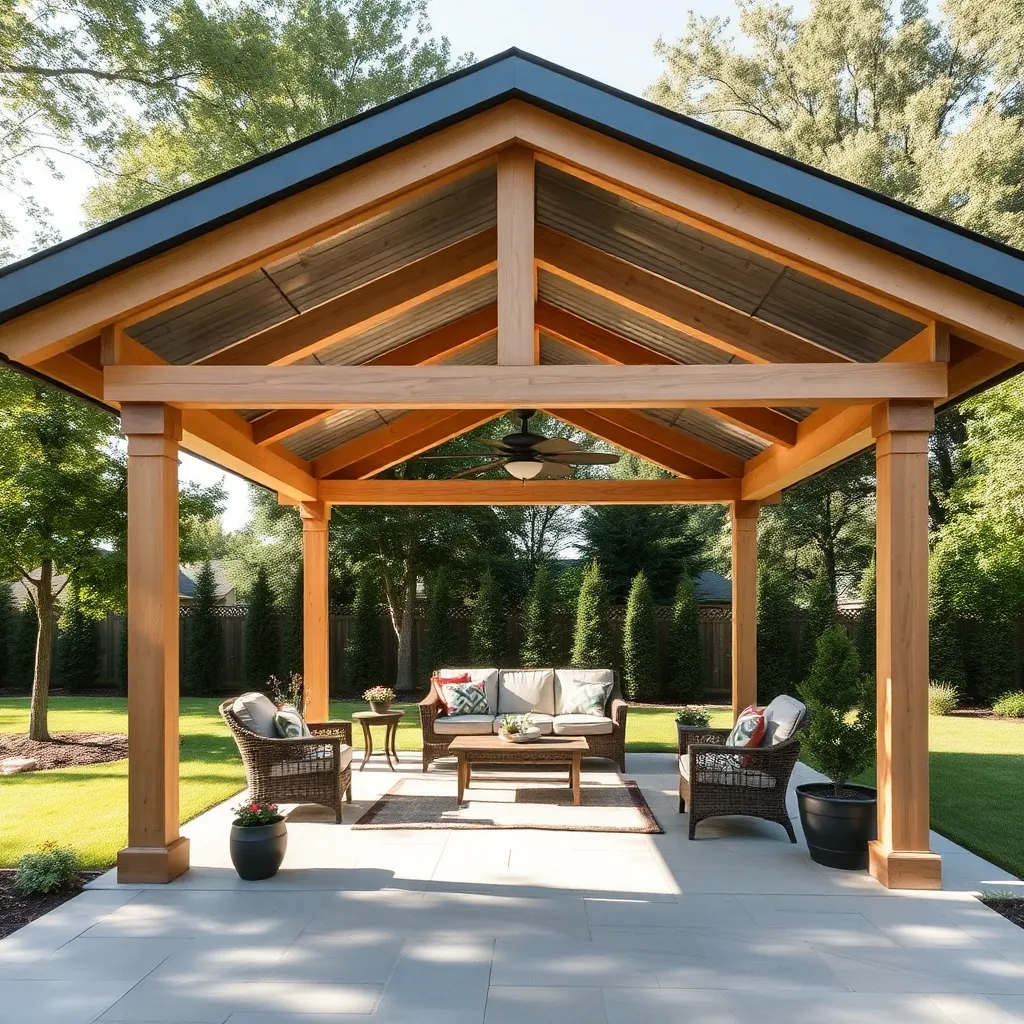
Regular upkeep is essential for ensuring outdoor structures remain safe and attractive year-round. Start by inspecting key elements such as joints, fasteners, and support beams for signs of wear or corrosion, especially after harsh weather. Using weather-resistant materials like galvanized steel or pressure-treated lumber can significantly reduce maintenance needs and prolong the lifespan of your shelter.
To protect your structure from moisture and UV damage, apply a high-quality sealant or outdoor paint every 1-2 years, focusing on exposed wood and metal surfaces. For advanced care, consider integrating removable panels or adjustable vents to improve airflow and prevent mold buildup, while also making cleaning easier. Simple steps like these help maintain both function and beauty through every season.
Conclusion: Creating Beautiful Outdoor Spaces
Creating strong, lasting relationships requires intention, communication, and shared experiences—just like building functional outdoor spaces that serve us year-round. In this article, we explored 10 essential structures—from cozy pergolas and weatherproof patios to versatile fire pits and screened-in porches—that enhance connection by inviting comfort, warmth, and togetherness in every season. Now, take a moment to envision which of these spaces could inspire meaningful moments in your own relationship. Your next step: start a simple conversation with your partner about designing an outdoor area that reflects both your needs and nurtures your bond.
Remember to save or bookmark this article so you can revisit these ideas whenever you’re ready to create a welcoming environment for lasting memories. Relationships, like these structures, thrive when built thoughtfully and maintained with care. By embracing these concepts, you’re not just enhancing your outdoor space—you’re investing in a future filled with shared joy and deeper connection. Here’s to creating spaces—and relationships—that stand strong through every season of life!

